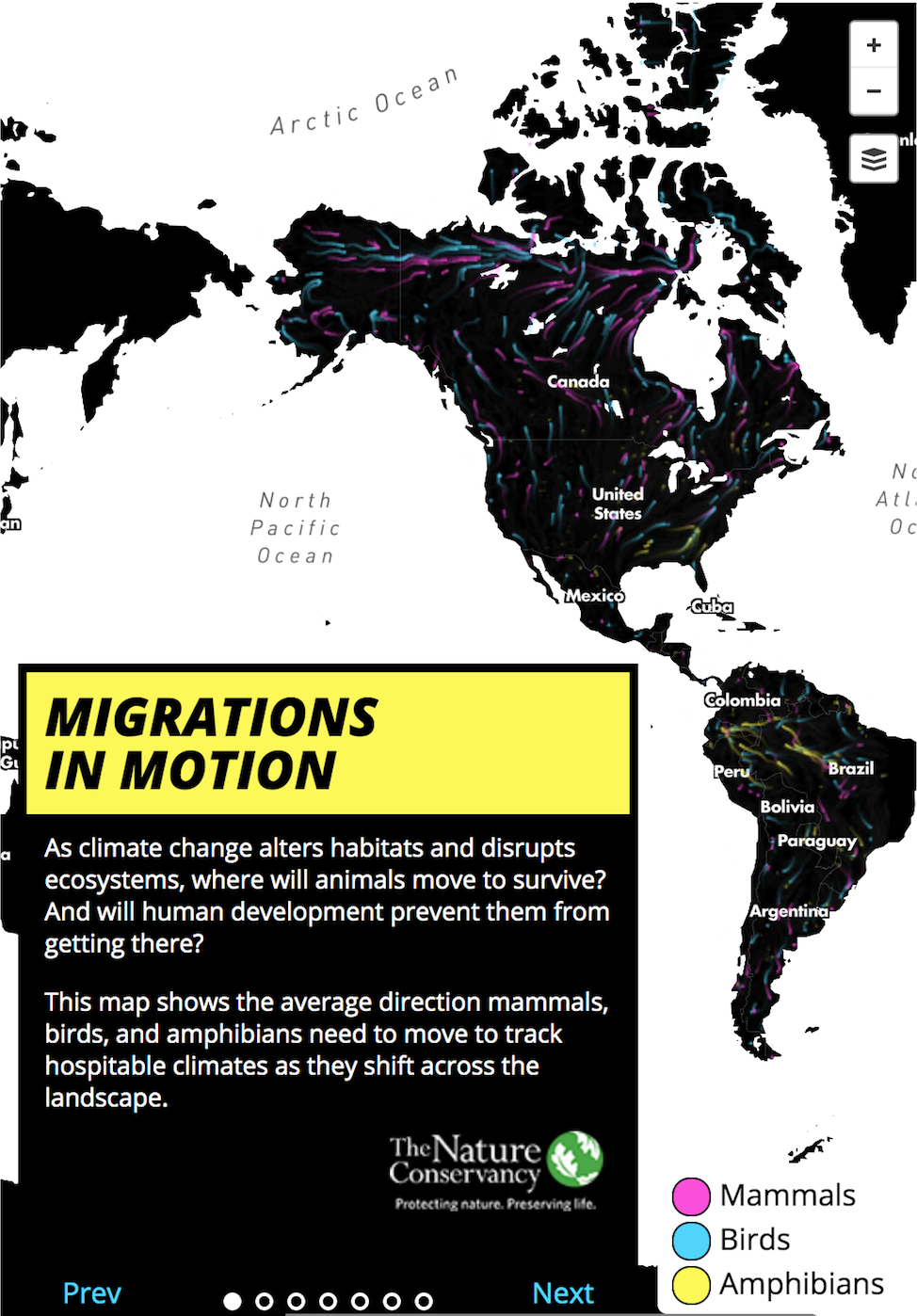- Model the spread of HIV in Africa
- Protect tigers in India
- Model landscape connectivity for bobcats in New Hampshire
- Understand the effect of climate change on animal migration in North America

Since then, hundreds of papers have been published using this research, including Circuitscape: A Tool for Landscape Ecology (2008) and Circuitscape: Modeling Landscape Connectivity to Promote Conservation and Human Health (2016).
Circuitscape and Circuitscape.jl were created by Brad McRae, Viral Shah, Ranjan Anantharaman and Tanmay Mohapatra to enable biologists, ecologists, geneticists and other scientists to put this theory to work and to leverage Julia’s superior speed, performance and ease of use.
Circuitscape has been used to model the spread of HIV in Africa, protect tigers in India, model landscape connectivity for bobcats in New Hampshire and understand the effect of climate change on animal migration in North America.
Circuitscape supporters include NASA, The Nature Conservancy, the Wilburforce Foundation and the Cougar Fund.
More information is available from NASA, from Circuitscape, and from Ranjan Anatharaman’s presentation at JuliaCon 2018.



